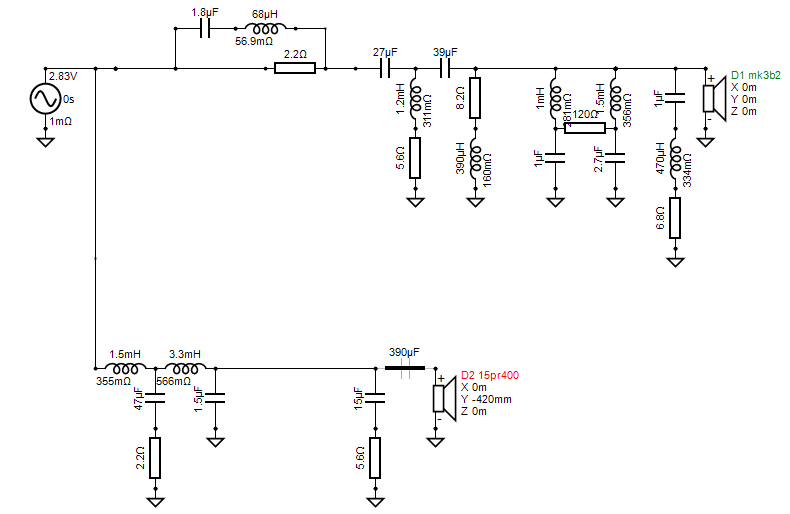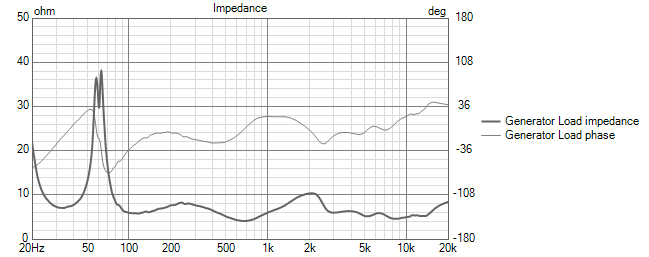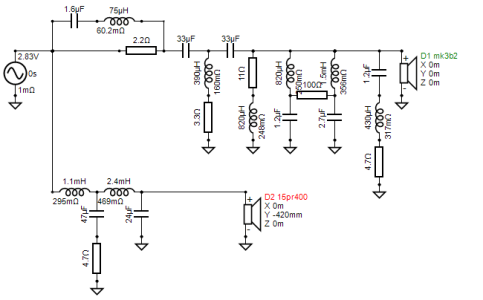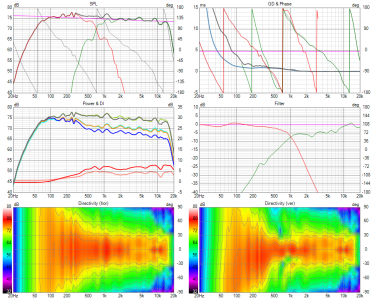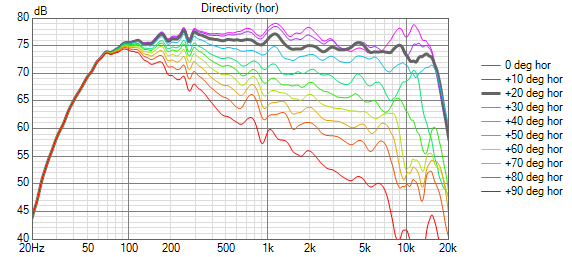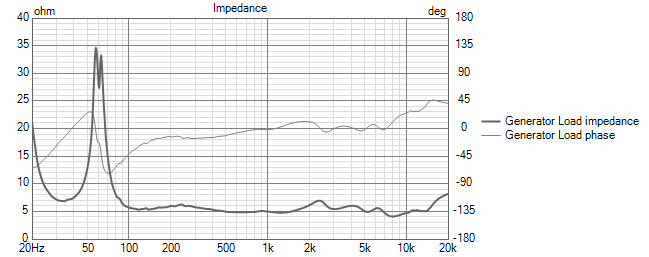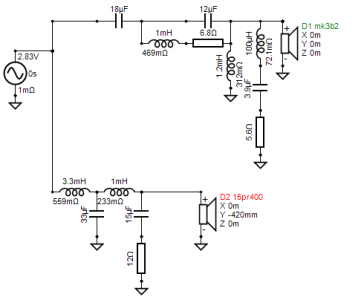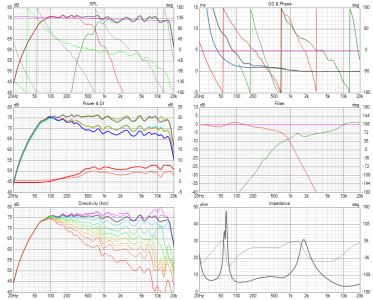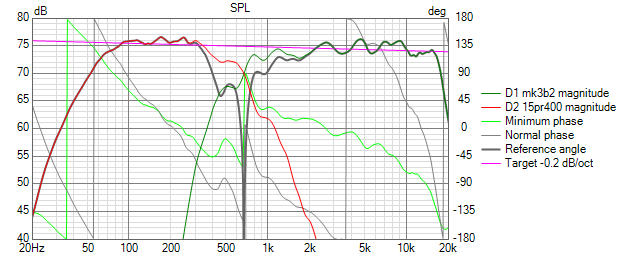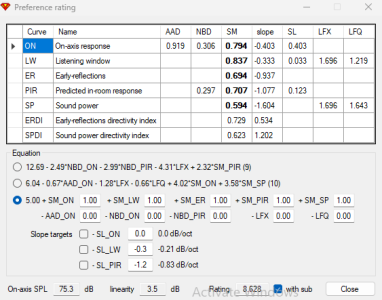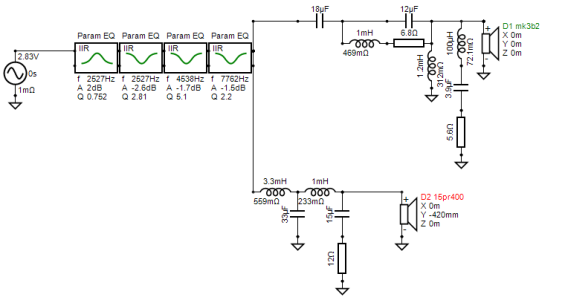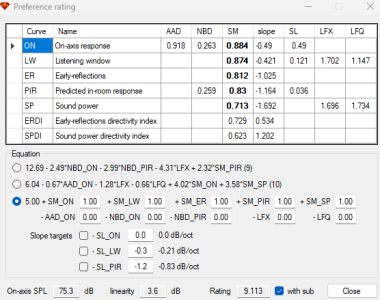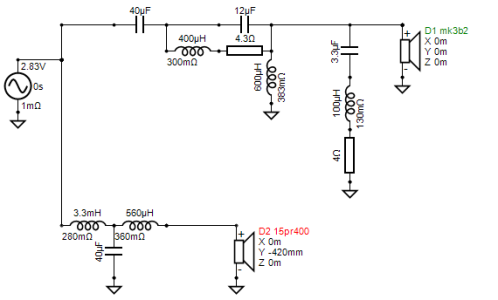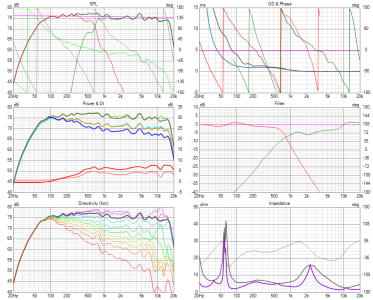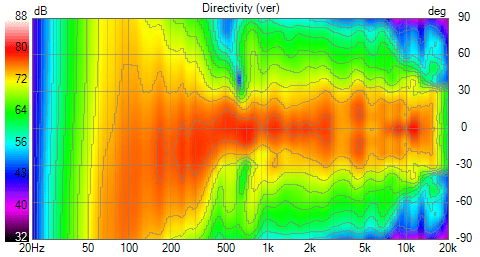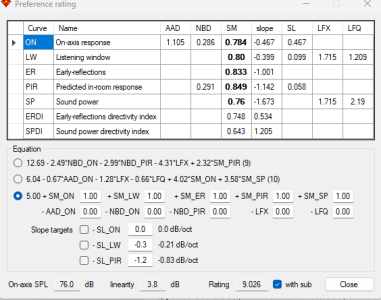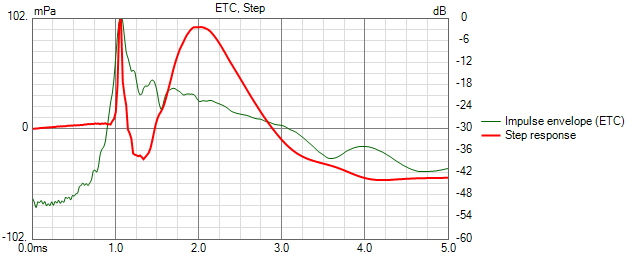The Hells Bells
We (mostly
@Vineethkumar01) have worked serious magic on our horns, the
Hells Bells. After tinkering with several active crossover points, EQ tweaks, and speaker positioning/placements, we've finally found the sweet spot!
The Hells Bells are a little picky about where they live. We had to wheel them around, push, pull, and twist them until they decided to make friends with the room. Thank goodness for those wheels, seriously! Now they're sitting pretty at a 20-degree toe-in and with 8 feet between them.
Ever heard a horn that sounds like a hi-fi speaker? The Hells Bells combines the clean directivity and dynamics of a horn with the smoothness of hi-fi. This bass horn undoubtedly stands out as one of the most refined and effortless bass experiences I've ever encountered. It fills the air with a warm glow that invites Leonard Cohen to dig deeper, and plenty of slam power on reserve for low-digging electronic music.
The marriage of the mk3b2 and the 15PR400 bass horn is indeed a match made in heaven. The cohesion of the tone is seamless.
The common inhibition that horns sound, well, honky/shouty is due to bad design, first, and selection of CD, next. It's a complex science (let's be honest, whatever I do not understand is complex science) to get the horn geometry right, and we are grateful that there are still a few wizards willing to share their work with the DIY community.
This project, having roots in early June, was a plunge into unknown waters. Vineeth backed by his strong technical prowess, and I, backed by my strong imbecility, decided it was worth considering and poured all our heart and soul into it.
Even before Vineeth started reading me my rights on the perils of an untested design, I said YES!
It was only the next morning did I realise that it was the Old Monk that spoketh on my behalf. One foot already off the boat, we thought, might as well dive in and swim the depths.
To obtain a first-hand understanding of the horn's performance, we printed a 3D prototype. The process wasn't as smooth as we hoped, thanks to some software compatibility issues, but Vineeth helped iron out these kinks to make the 3D files usable.
The horn was an ordeal to fabricate and glue the various sections to align seamlessly, but accomplished; partly thanks to my ingenious fabricator, who turned out to be a master of jugaad!
We were also keen on 180-degree measurements for the radial fin horn, not only for our benefit but also for the sake of posterity, as such a horn had never been thoroughly measured before. Polar measurements give us a visual indicator of dispersion/radiation behaviour to help us understand the characteristics of a speaker.
I lugged the horn back home from the workshop and plonked it on a
15" subwoofer (that was also a collaborative effort with Vineeth) to get a "feel" of the horn.
Subjectively, I quite liked what I heard, and Vineeth liked the look of the polars, the MK3B2 showed promise!
Then came the CD adapter saga. Turns out the CD we chose had a bit too wide an exit angle for our horn. We needed one with an exit angle of 10 degrees or less. This meant that the CD extension in the upper region would be limited. Vineeth redesigned the adaptor and a ring insert to narrow the exit angle, and to push the upper extension of the CD further, which we tested here
in Post #46,
and Post #47. This success pushed the boundaries of what a biradial horn was previously thought capable of. delighted and gleeful we were.
We still weren't sure how the final system would sound, and if the final result would be to our liking. We discussed a few options, including a system with ATH STA260 waveguide. But, any untested change we make would still be an unknown. As we had already tested and familiarised with the mk3b2, we thought it held enough merit and was worth pursuing.
Three months of sweaty foreheads, smelly armpits, dusty shirts, bruised and sticky fingers, and we are finally home. Priceless, rewarding experience!
There is indeed magic in a properly designed 2-way 15" horn-based system, something to be experienced first-hand, not read. Also, probably the only Hi-End horn system in the world strung to Finolex and Spotify
 @Vineethkumar01
@Vineethkumar01 has been a rock, always reasoning and articulating every step of the way to ensure maximum success. I cannot thank him enough! It's gut-wrenching that he isn't here to experience his creation. Some of you from Bangalore along with Vineeth should hop into a car and drive down


. Seafood, toddy and AC/DC sound good?
P.S. When my playlist automatically resumed after connecting, AC/DC's "Hells Bells" thundered down these speakers. This was the very first track I heard, and man, it sounded enormous! I mean, it was fate to name them that, right?




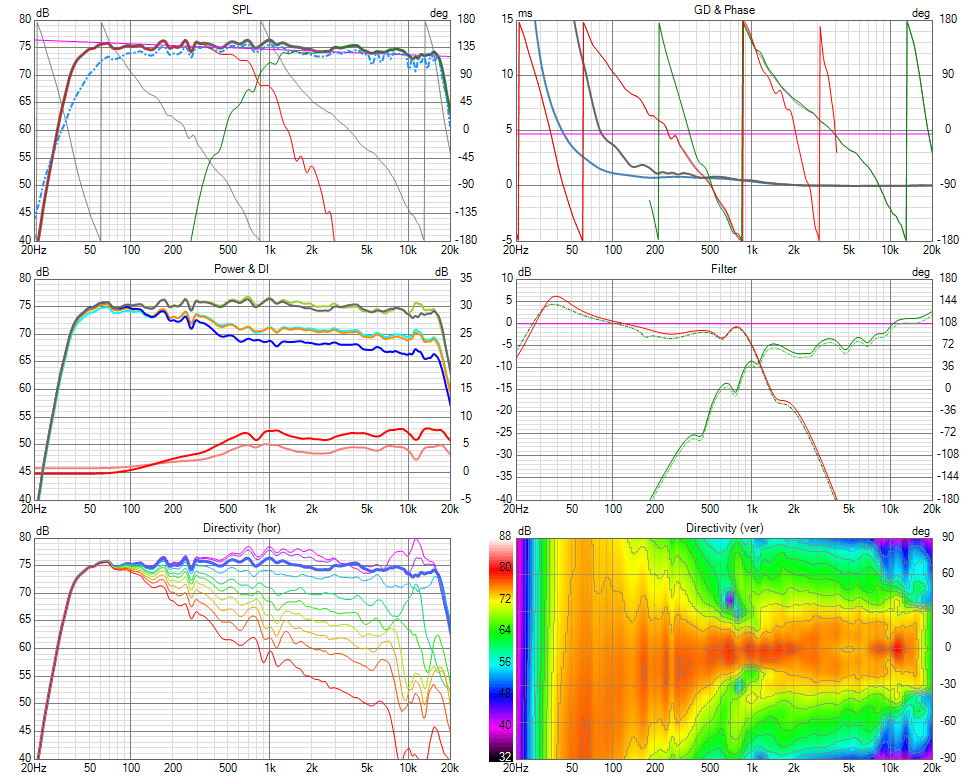
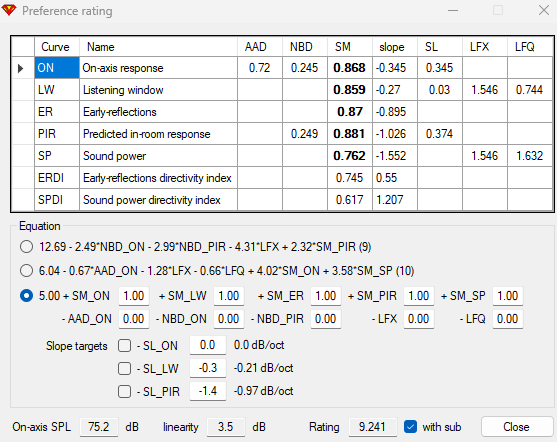
 )
)